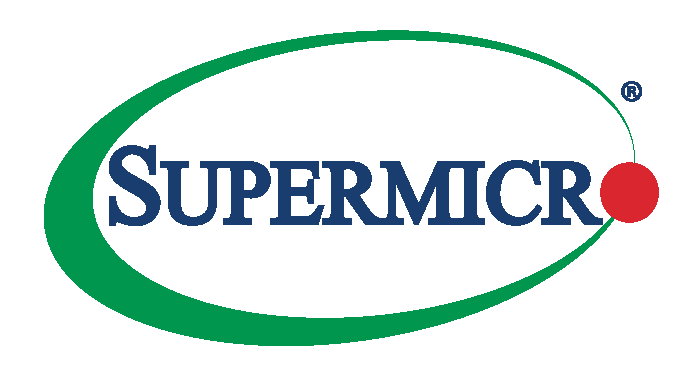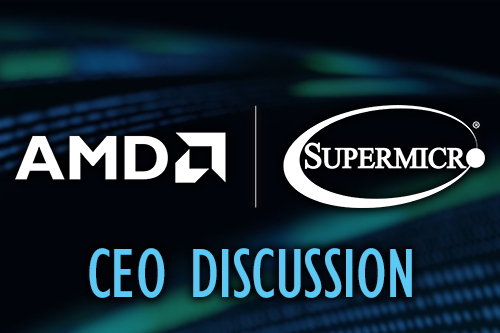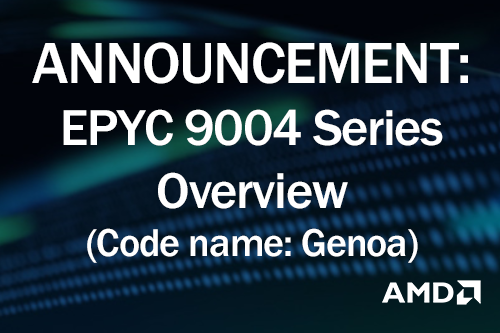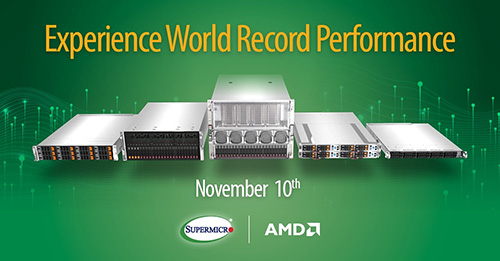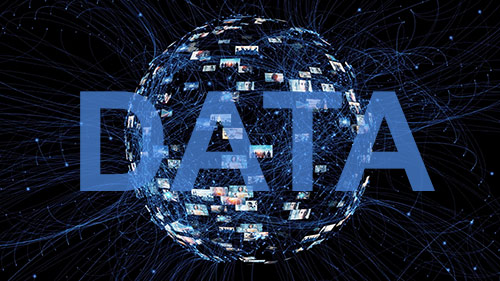Part 1: First There Was Blockchain | Part 3: Web3 Emerging | Part 4: The Web3 and Blockchain FAQ
To get a sound understanding of blockchain, you should be aware of some of the nagging issues and criticisms. For example, blockchain has no governance. It could really use the guidance of a small representative group of industry visionaries to help it chart a course, but that might lead to a more centralized orientation. You should also familiarize yourself with the related tools and technologies and what they do. NFTs, in particular, work hand in hand with blockchain and add protection for those who create.
Getting NFTs
It has been effectively open season on digital content on the internet from the get-go. DRM technology didn’t solve the problem. Will the non-fungible token (NFT) make inroads? Its long-term success or lack thereof will largely be dependent on the success of blockchain. Make no mistake, blockchain is here to stay. It’s too useful a tool to leave behind. But Web3’s premise — that blockchain-based servers might someday run the internet — is by no means certain. (Come back for Part 3 which explores Web3.)
What are NFTs? “NFTs facilitate non-fraudulent trade for digital asset producers and consumers or collectors,” said Eric Frazier, senior solutions manager, Supermicro.
An NFT is a digital asset authentication system located on a blockchain that gives the holder proof of ownership of digital creations. It does this via metadata that make each NFT unique. Plus, no two people can own the same NFT, which also can’t be changed or destroyed.
Applications include digital artwork, but an NFT (sometimes called a "nifty") can be used for a wide variety of uses in music, gaming, entertainment, popular culture items (such as sports merchandise), virtual real estate, prevention of counterfeit products, domain name provenance and others. Down the road, NFTs may have a significant effect on software licensing, intellectual property rights and copyright. Land registry, birth and death certificates, and many other types of records are also potential future beneficiaries of NFTs.
If you’re wondering whether NFTs can be traded for cryptocurrency, they can be. What they are not is interchangeable. You may have an NFT for a piece of art that was sold as multiple copies by its owner. But each of those NFTs has unique meta data, so they may not be exchanged one for the other.
Smart Contracts Execute
A smart contract is blockchain-based, self-executing contract containing code that runs automatically when predetermined conditions are met as set out in an agreement or transaction. So, a hypothetical example might be: on January 15, transfer X value of cryptocurrency in payment for a specific NFT owned by a specific person. Smart contracts are autonomous, trustless, traceable, transparent and irreversible. Key hallmarks of the Smart Contract are that they exclude intermediaries and third parties like lawyers and notaries. And they usually use simple language, require fewer steps and involve less paperwork.
Blockchain Power Consumption
Some blockchains gobble up electricity and are heavy users of compute and storage resources. But blockchains are not all created equally. Bitcoin is known to be resource in hungry, while “Filecoin’s needs are materially less,” said to Michael Fair, chief revenue officer and longtime channel expert, PiKNiK.
It’s also possible to make changes to some blockchains to make them less power hungry. For example, Ethereum switched from the Proof-of-Work (PoW) to the Proof-of-Stake (PoS) algorithm a few months ago, which reduced power consumption by over 99%. However, Ethereum is less decentralized as a result because it is now 80% hosted on AWS. (See the discussion on Understanding Decentralized in Part 1.)
“With the algorithm switch from PoW to PoS, Ethereum’s decentralization took a big hit because the majority of transactions and validations are running on Amazon’s cloud” said Jörg Roskowetz, director of blockchain technology, AMD. “From my point of view, hybrid systems like Lightning on the Bitcoin network will keep all the parameters improving — scalability, latency and power-consumption challenges. This will likely take years to be developed and improved.
Can Web3 Remain Decentralized?
Is the blockchain movement viable going forward? There are those who are skeptical: For example, Scott Nover writing in Quartz and Moxie Marlinspike. Both stories were published almost a year ago in January 2022, well before the change at Ethereum.
Nover writes: “Even if blockchains are decentralized, the Web3 services that interact with them are controlled by a very small number of privately held companies. In fact, the industry emerging to support the decentralized web is highly consolidated, potentially undermining the promise of Web3.”
These are real concerns. But it’s not like the expectation was that Web3 would exist in a world free of potentially undermining factors, including the consolidation of Web3 blockchain companies as well as some interaction with Web 2.0 companies. If Web3 succeeds, it will need to support a good user experience and be resilient enough to develop additional ways of shielding tself from centralizing influences. It’s not going to exist in a vacuum.
Other Stories in this Series:
Part 1: First There Was Blockchain
Part 2: Delving Deeper into Blockchain
Part 4: The Web3 and Blockchain FAQ


